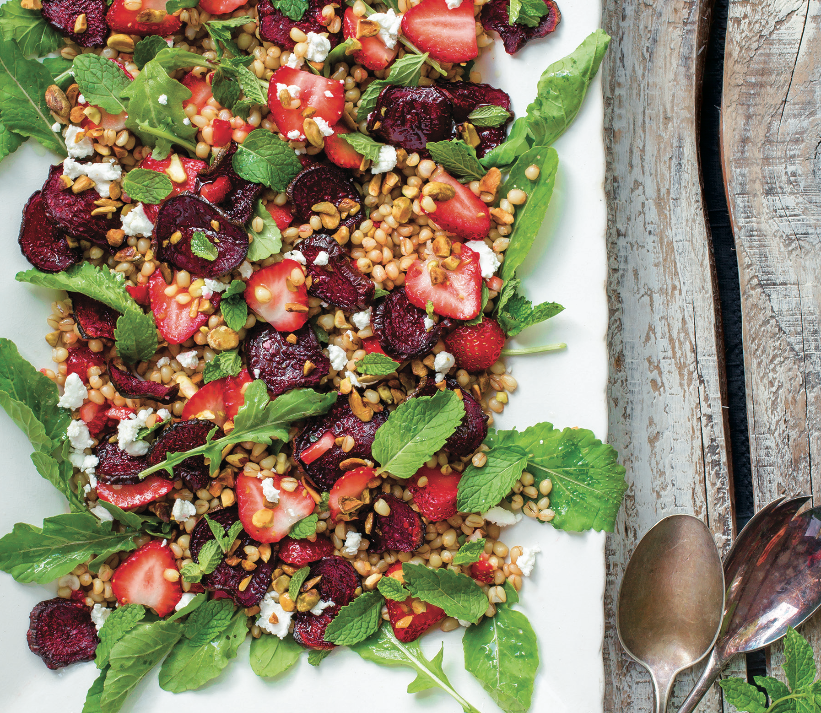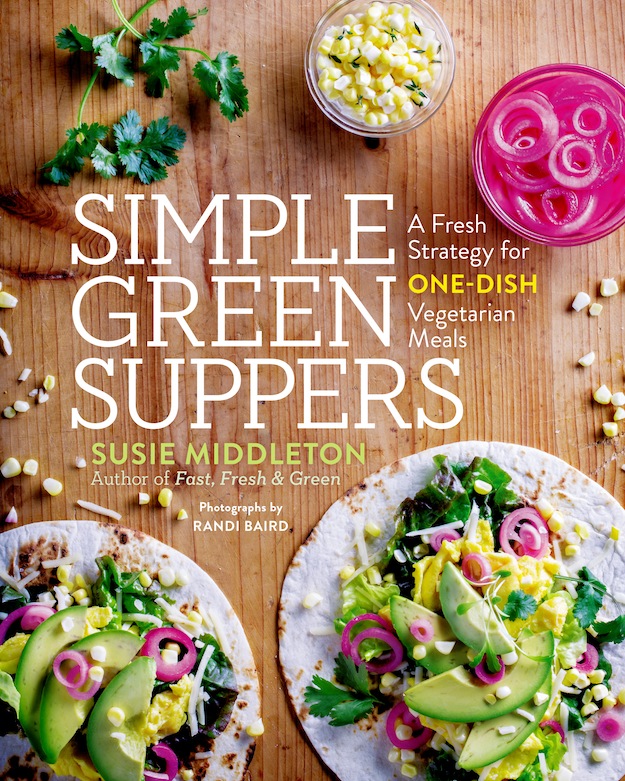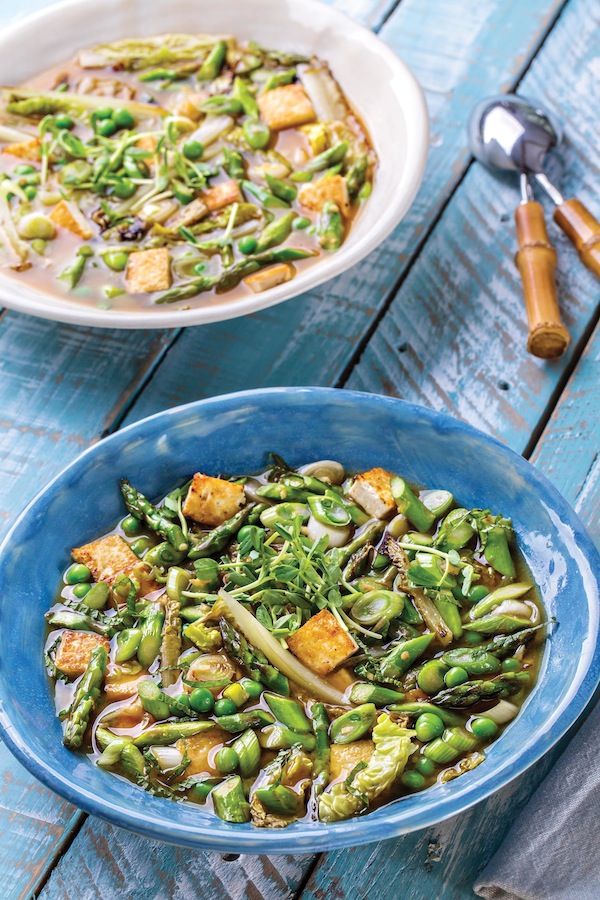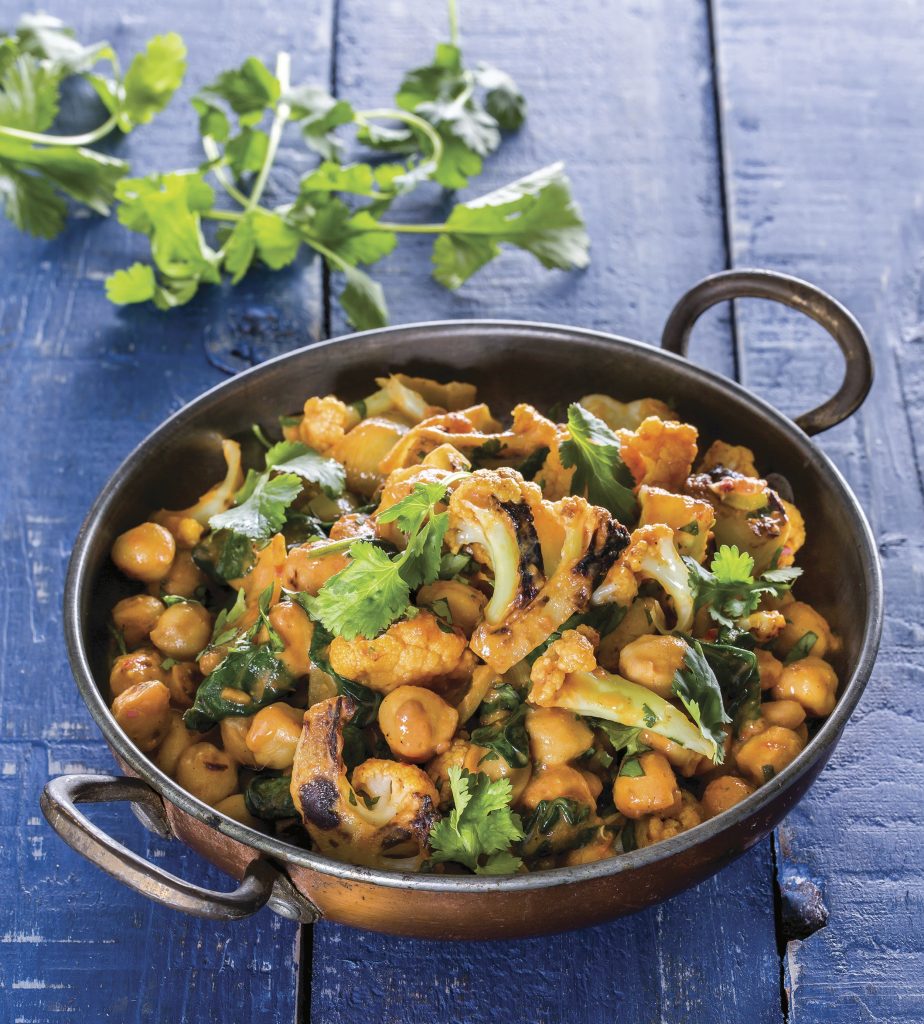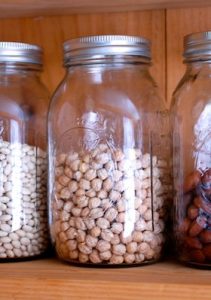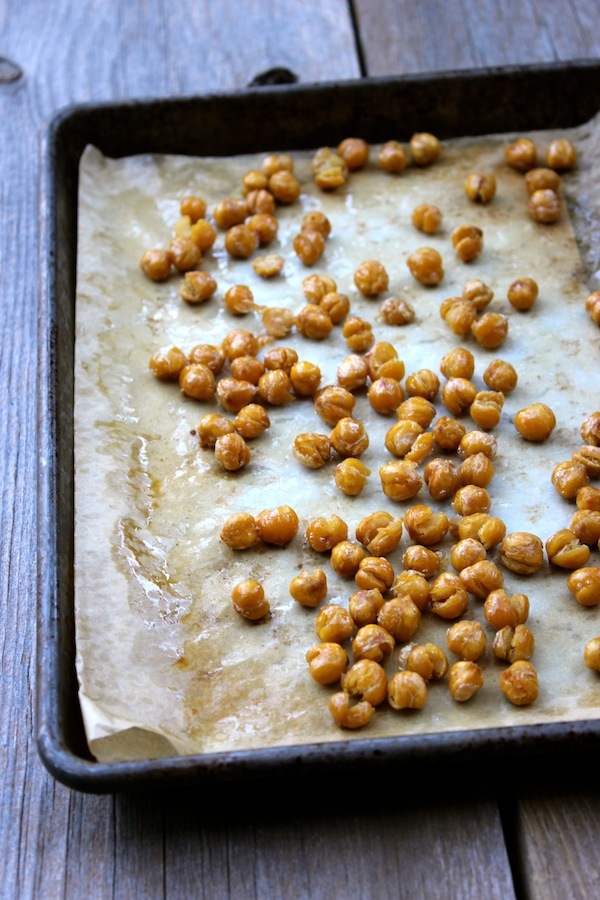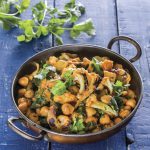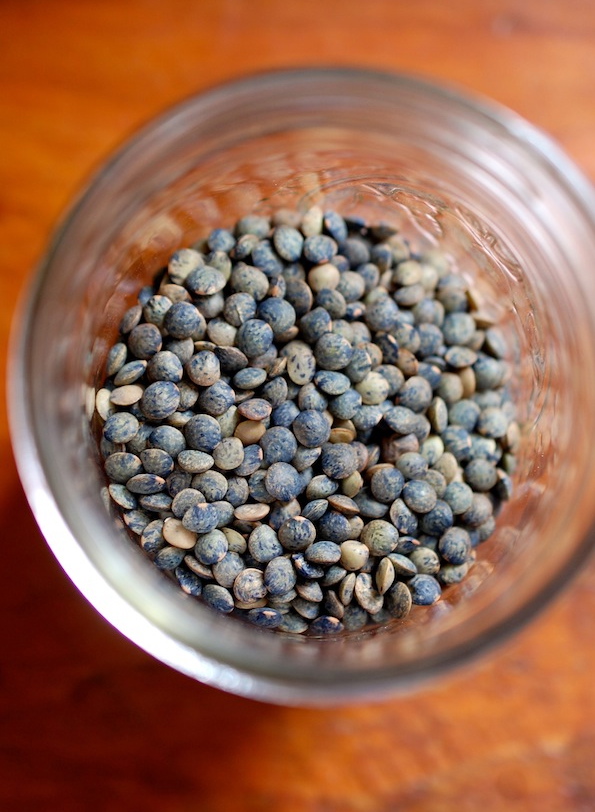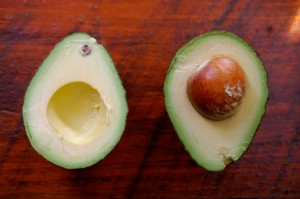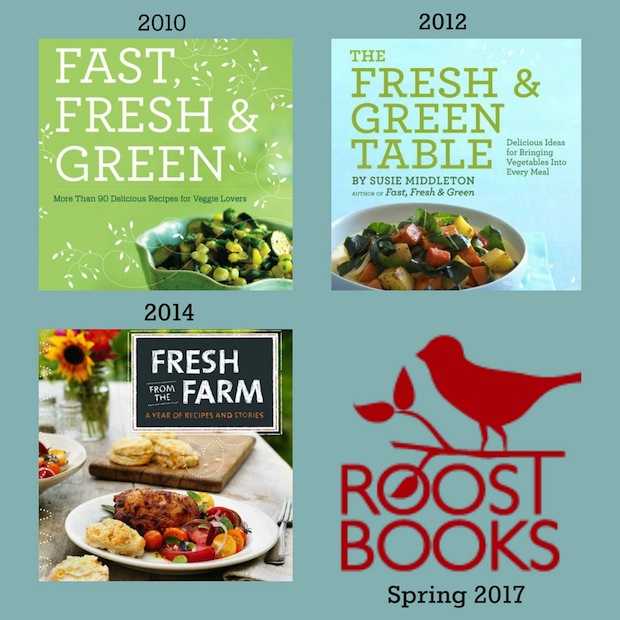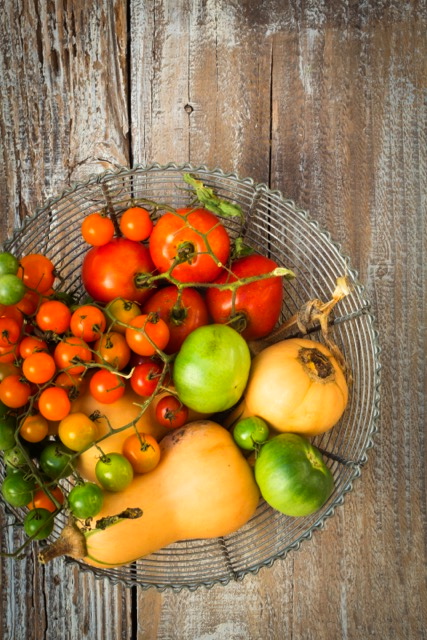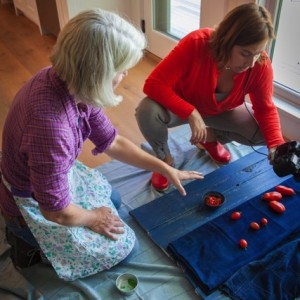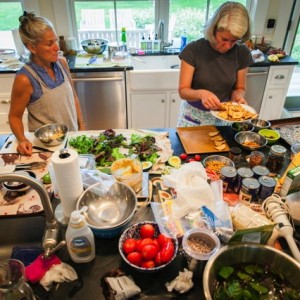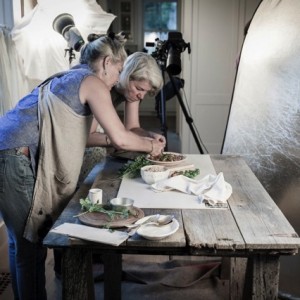Well, well, well. When I took a full-time job last spring, I didn’t really think I would stop writing my blog altogether, but what did I know? Turns out my new job at the Vineyard Gazette Media Group keeps me pretty busy, especially in the writing department. A few months into the job and I was feeling very grateful to my high school English teachers, who gave me a voice, the 5-paragraph essay, and the concept that all hypotheses should be supported with documented facts! What I learned from my college English professors was a bit more vague, partly because I was writing poetry and fiction, but also because I may not have been paying attention 100 percent of the time.
At any rate, my job is great because I get to flex all kinds of writing and editing muscles. Though I’m no reporter, I’ve wound up with a regular column in the newspaper called Off the Menu. This summer I interviewed and profiled chefs across the Island; two of my favorites were this one on the Artcliff’s Gina Stanley and this one on Ben DeForest of the Red Cat. For the winter, I’m writing a looser column, sometimes about a particular ingredient, with a recipe; sometimes about a local food event. I also write features for the magazine (Martha’s Vineyard Magazine); in the issue on newstands now is my piece on the Larder and Jefferson Munroe.
 I edit a publication called the Vine, which is a color adjunct to the paper that comes out seven times a year and focuses on people and businesses in the Vineyard community who make it a special place to live. In addition to assigning and editing that content, I write at least one of the features in each issue, too. My favorite so far was this one on 800-square foot dwellings. (I take some of the photos in the Vine too, but the best part of working on this publication is collaborating with talented and energetic photographer Jeanna Petersen Shepard, who took the photo above.) I also write a weekly events newsletter called Island Time (please subscribe!).
I edit a publication called the Vine, which is a color adjunct to the paper that comes out seven times a year and focuses on people and businesses in the Vineyard community who make it a special place to live. In addition to assigning and editing that content, I write at least one of the features in each issue, too. My favorite so far was this one on 800-square foot dwellings. (I take some of the photos in the Vine too, but the best part of working on this publication is collaborating with talented and energetic photographer Jeanna Petersen Shepard, who took the photo above.) I also write a weekly events newsletter called Island Time (please subscribe!).
 I’m also helping my fabulous boss, Jane Seagrave, publisher of the Vineyard Gazette Media Group, with new product development and with some updates to a tourist website called MVOL.com which the company purchased earlier this year.
I’m also helping my fabulous boss, Jane Seagrave, publisher of the Vineyard Gazette Media Group, with new product development and with some updates to a tourist website called MVOL.com which the company purchased earlier this year.
As far as freelance writing goes, I still contribute the occasional feature to Fine Cooking magazine, like this piece on tomato bread salads from this summer.
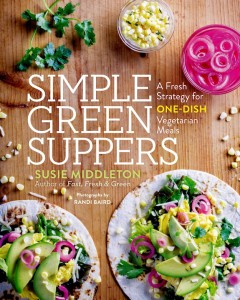 And Simple Green Suppers is happily sailing along. Most recently, Outside magazine chose it as one of its best cookbooks for busy adventurers. And the West Elm design blog chose it as one of its ten cookbooks to help you through the busy season. Best of all Simple Green Suppers and my friend Sarah Waldman’s Feeding a Family (both published by the most wonderful Roost Publications) were chosen by the American Booksellers Association to be highlighted in The Indie Next Holiday Gift Guide flier.
And Simple Green Suppers is happily sailing along. Most recently, Outside magazine chose it as one of its best cookbooks for busy adventurers. And the West Elm design blog chose it as one of its ten cookbooks to help you through the busy season. Best of all Simple Green Suppers and my friend Sarah Waldman’s Feeding a Family (both published by the most wonderful Roost Publications) were chosen by the American Booksellers Association to be highlighted in The Indie Next Holiday Gift Guide flier.  Half a million copies of the flier were printed and sent out to 11,000 independent bookstores. (And only a handful of cookbooks are on this flier.) Please, please, please, if you are going to buy books for presents this year, support your local independent bookstore.
Half a million copies of the flier were printed and sent out to 11,000 independent bookstores. (And only a handful of cookbooks are on this flier.) Please, please, please, if you are going to buy books for presents this year, support your local independent bookstore.
This week I’m heading to an event at Metro Bis restaurant in Simsbury, Connecticut, where chef Chris Prosperi (who I first met on the radio when I was a guest on Faith Middleton’s The Food Schmooze, which Chris appears on regularly) will cook a five-course menu highlighting recipes from Simple Green Suppers.
My little farmstand puttered along this summer. I did realize with the new job that there was only so much effort I could put into the garden this year, but it gave me the whole summer to get used to the idea that at least for now, the market gardening chapter of my life must close. I have no doubt it will reopen some day, but in the pursuit of keeping a roof over my head and some kibble in Farmer’s bowl, I have to focus on work that returns a little bit more money per hour than the market garden does.
And speaking of roofs, I have a new one to call my own—only it is not on Martha’s Vineyard, where the real estate market left me behind while I was dilly-dallying. But it is all good;  I bought a little affordable house in Delaware where my father’s family is from and where I spent summers growing up, and for now my parents will live in it, as it provides them with a one-floor living situation where my Dad can more easily care for my Mom, who is frail. All of my various book collections, kitchen tools, watercolors, photographs, pottery, garden gear—all of the stuff that distinctly defines me as a non-minimalist—now has a home to call its own, and I can stop dragging it around awkwardly from rental to rental, always losing something along the way. Farmer and I will go visit our stuff and my parents every few months, and in the meantime we have moved to a lovely winter rental here on the Vineyard (summer could be interesting; I think Farmer would be okay with tent living?!) and will continue to be optimistic about the possibility of living and working here on my beloved Island for as long as we can.
I bought a little affordable house in Delaware where my father’s family is from and where I spent summers growing up, and for now my parents will live in it, as it provides them with a one-floor living situation where my Dad can more easily care for my Mom, who is frail. All of my various book collections, kitchen tools, watercolors, photographs, pottery, garden gear—all of the stuff that distinctly defines me as a non-minimalist—now has a home to call its own, and I can stop dragging it around awkwardly from rental to rental, always losing something along the way. Farmer and I will go visit our stuff and my parents every few months, and in the meantime we have moved to a lovely winter rental here on the Vineyard (summer could be interesting; I think Farmer would be okay with tent living?!) and will continue to be optimistic about the possibility of living and working here on my beloved Island for as long as we can.
I truly am grateful for this gift of writing , a skill I was taught 40 years ago that I can still use to market myself today, and hopefully for many years to come. I like to say I can write myself out of a paper bag if I have to. That isn’t a very pretty image, but the point is that it’s a skill, not a talent, and a very useful and versatile one at that.




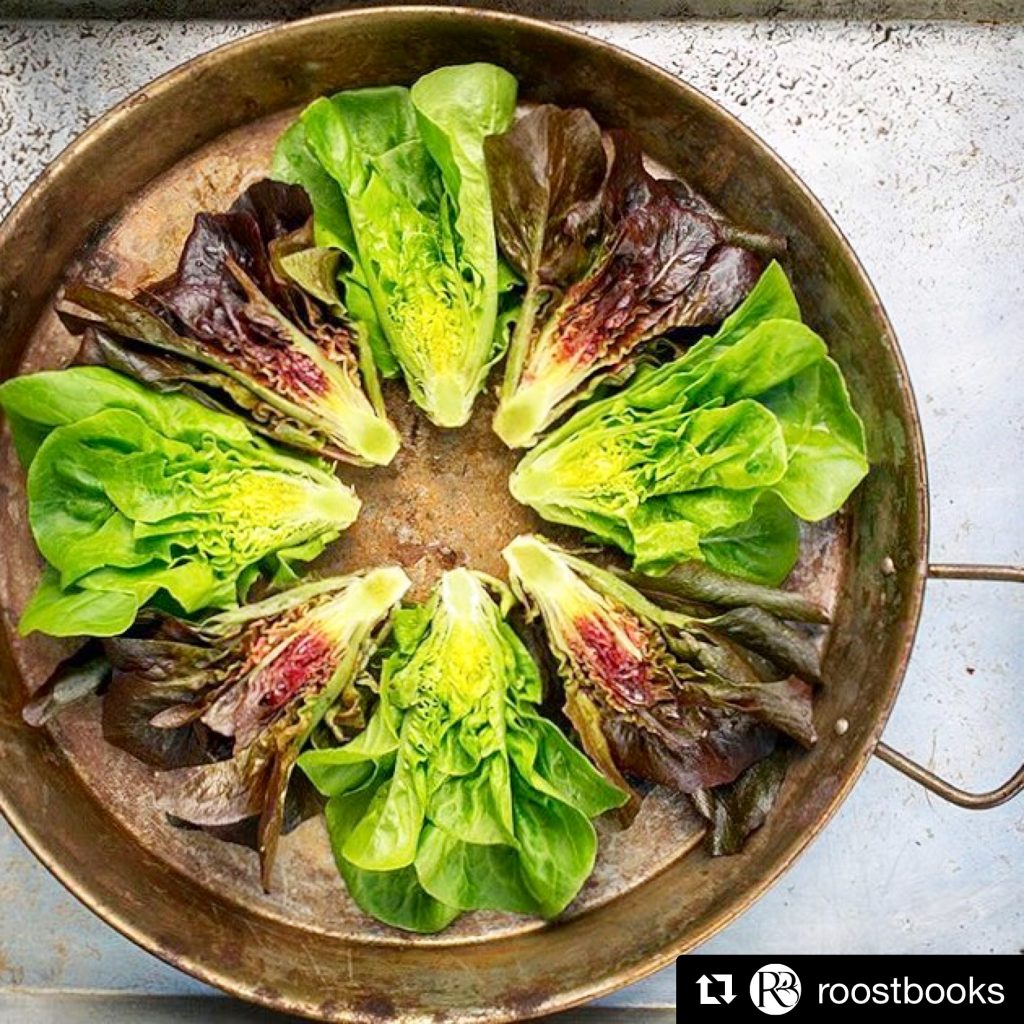
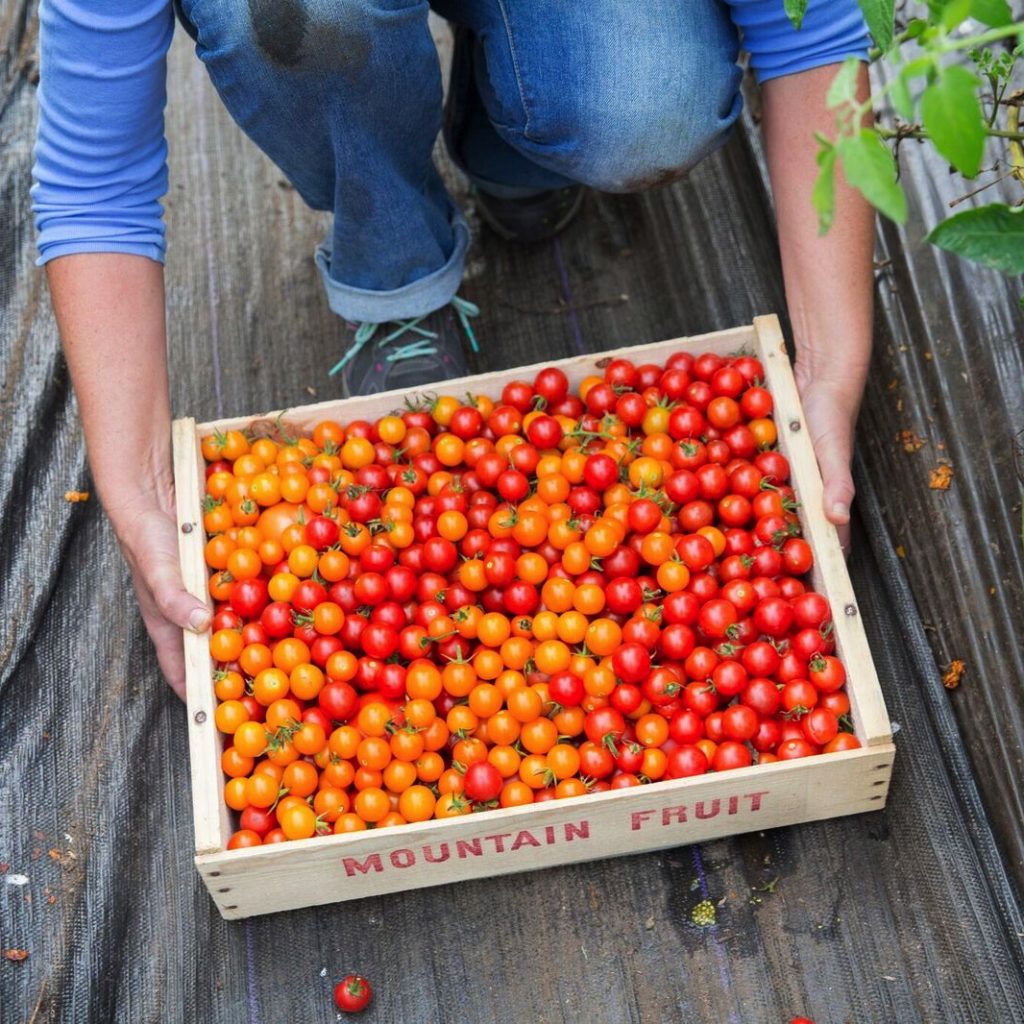
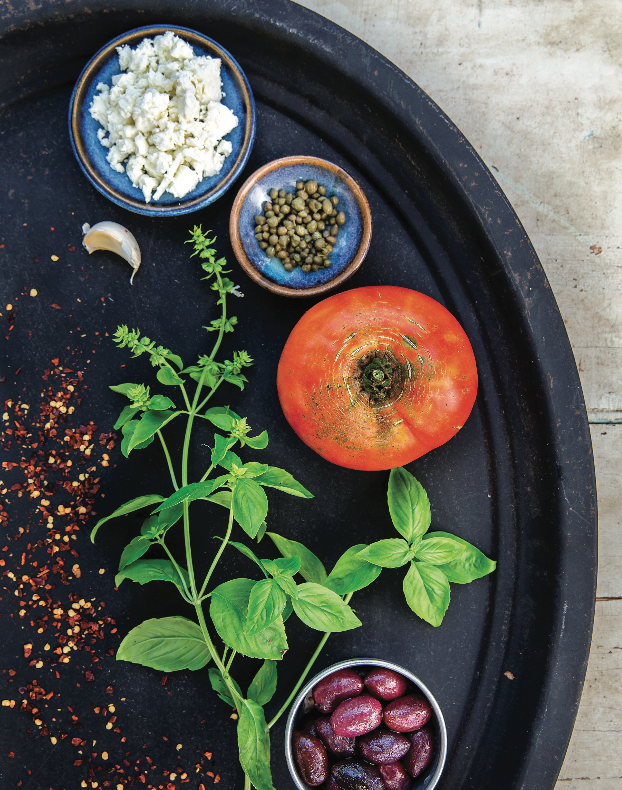
 I’ve been doing some radio interviews and tomorrow I’ll return to my favorite–
I’ve been doing some radio interviews and tomorrow I’ll return to my favorite–